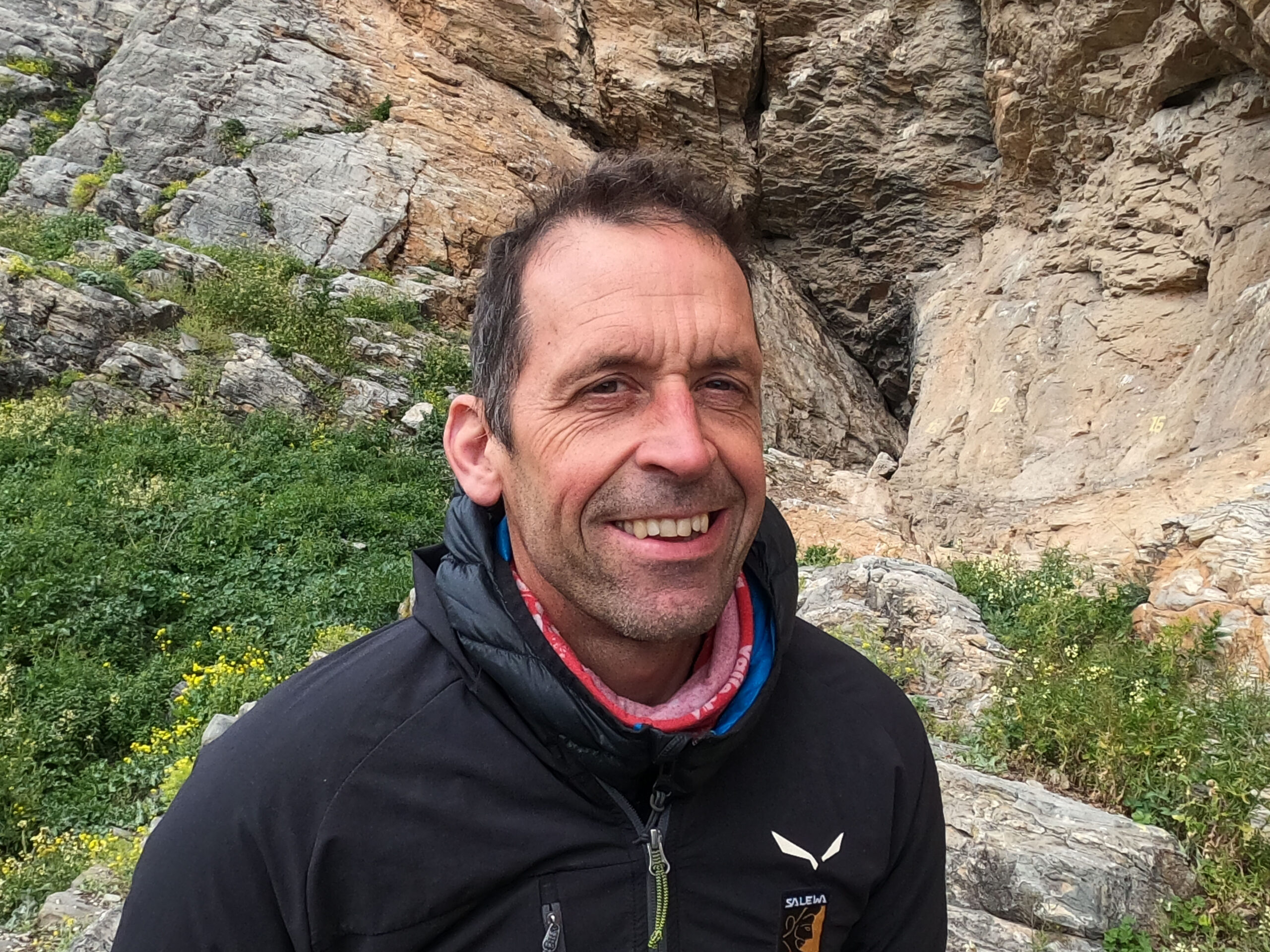In 1977, James Earl Ray and six other convicts escaped over the wall of Tennessee’s Brushy Mountain State Penitentiary. For about two days, Martin Luther King Jr.’s assassin fled bloodhounds, battling steep and densely overgrown slopes. When the convicts were caught, Ray had only managed to put eight miles between himself and the prison in 55 hours.
The prison break of one of the U.S.’s most notorious criminals wouldn’t sound inspiring to most people. But Gary Cantrell, better known as Lazarus Lake (or just Laz), has a taste for extremes. The endurance race designer and director lives in Bell Buckle, Tennessee. His most famous race is the Barkley Marathons, held annually since 1986 in Frozen Head State Park, just a few miles from the aforementioned penitentiary. Legend has it that Ray’s pathetic mileage inspired Laz, who figured he could have made it at least 100 miles in the same amount of time. Laz designed a race where runners would complete a 20-mile loop over extremely tough terrain five times in 60 hours. One of the Barkley’s mottos would become: “Meaningless suffering without a point.”
Runners can’t just decide to enter the Barkley. Ever since the race’s inception, it’s been shrouded in mystery and bizarre traditions. Dutch ultrarunner Michiel Panhuysen first heard of the Barkley around 2010 and was instantly intrigued. Part of the appeal was the strange application process, which included writing a cover letter about why you wanted to participate.
“The application procedure is kept secret and the exact time and date of the race start are not announced beforehand,” Panhuysen writes at the beginning of his new book, “In The Spell of The Barkley.” “Participants also run for miles off-trail through the forest, and they frequently get lost. In 2010, only one participant finished the race! Only one!” Some years, that number is zero.

Panhuysen’s book details his growing fascination with the Barkley, his multiple times running the race (never getting beyond the second loop), and the characters involved. He recounts his own history of extreme sports and ultrarunning. In an interesting and simple-to-follow account, he tries to explain the sport’s appeal to the 99.99% of people who think running 100 miles straight sounds completely nuts, not to mention impossible.
In addition to chronicling the Barkley, Panhuysen takes readers on other ultraruns around Europe. He explains odd details like sleep strategies during an ultramarathon and the fact that runners must simply accept the fact of hallucinations and learn to deal with them. He also charts how his own ultrarunning grew into a compulsion, leading him out of a 27-year relationship.
“Everything revolved around ultra races. Before a race, I would be preparing for it for weeks. I changed my work, sleep rhythm, eating and drinking habits to accommodate the race.” After an ultra, it took him weeks to recover — just in time for the cycle to start again.

The races sound so incredibly miserable — a broken finger here, a terrifying middle-of-the-night descent down a dark rock face there, hunger, cold, exhaustion. Readers will want to know why ultrarunning becomes so important to participants in the sport. Ultrarunners are devoted to the idea of mind over matter. The book reminded me of people with anorexia who are proud to thwart the needs of the body and survive without food. Ultrarunners do that and more — going without sleep, shelter, and rest.
Ultrarunning taught Panhuysen how to react to all this lack. “Extreme running might have cost me dear, but I got something important back in return: an indestructible positive attitude with which I can process bad things in my life in a simple way.” This book probably won’t turn you into an ultrarunner, but it’s a fascinating peek into an extreme sport.
Writer received a free copy of the book for review.
